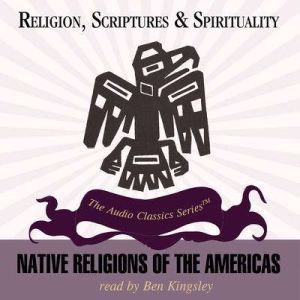Synopsis
Forty thousand years ago, Siberians traversed the Bering Strait to enter the Western Hemisphere. The emigration to America occurred in three waves: the Amerind (ca.40,000 BCE), the Na Dene (ca.7000 BCE), and the Eskimo/Aleut (ca. 3000 BCE). Tribes were organized in linguistic families such as the Algonkian and Athapascan in North America; the most concentrated population occurred in Central and South America. In these cultures spirits were understood to guide the primary activities and events of human life (including hunting, fishing, sex, puberty, disease, and death). Characteristic features of Native American religion included the master of the animals, a protective spirit of a species or all animals. Shamans (ecstatic medicine men) used supernatural powers to cure the sick. Totemism was a mysterious religious bond between human clan and guardian animals. There was mostly a high god and many atmospheric gods, such as the gods of thunder and wind. The Earth Mother was understood to work silently, influencing everything on the face of the earth. The culture hero (e.g. the raven, coyote, blue jay, and others) appeared as a trickster, who also introduced humankind to cultural institutions. Most North American hunting cultures did not have creation myths, though the earthdiver myth was an exception. Foraging societies held first fruit rituals, and hunters were careful to treat slain animals with deference so that they might return to life nearby. Native cultures became more agricultural sometime after about 3000 BCE, and the thanksgiving rituals of hunting cultures now became more associated with planting, sprouting, sowing, and harvesting. Myths and rituals included the Star Husband Tale, the DreamGuessing Rite, the Corn Maiden myth, and sacred tobaccosmoking rituals. Societies in MesoAmerica (Central America and Peru) tended to be theocratic, hierarchical, and authoritarian and they featured a massive sacrificial system. Many of the influences spread to the southern portions of North America in the preClassic period (1000 BCE to 200 CE). The Classic period (200 CE to 900 CE) saw growth and vitality among Mayans and others; the postClassicperiod (ca. 1300 CE) included the founding of the Aztec empire. This era was soon followed by dramatic losses and retrenchment throughout the Americas in the face of European expansionism and imperialism.



